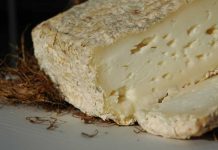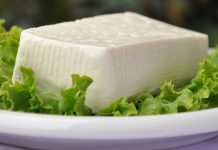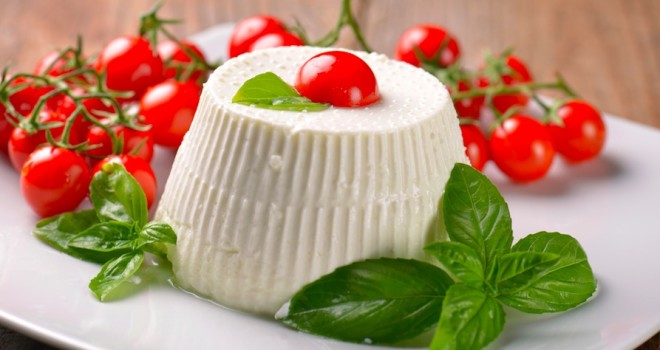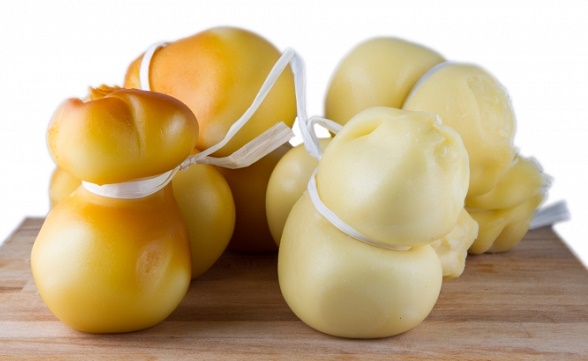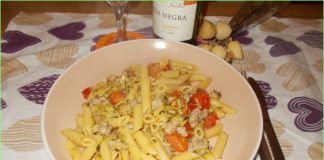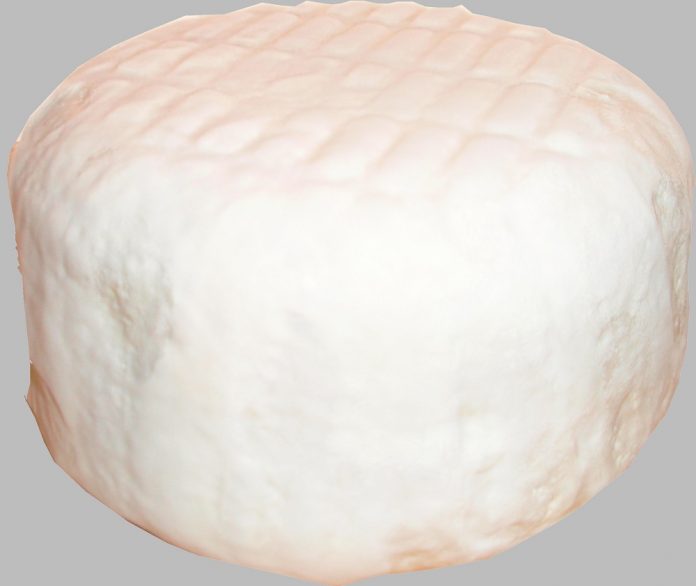
Biancospino
The Biancospino (that in Italian means Hawthorn) is a typical Sardinian cheese, produced in a very restricted area in the province of Cagliari and Nuoro. It is a new cheese born after research by the island’s Zootechnical and Dairy Institute. It is a goat cheese, produced in small shapes and crushed.
The cheese has a delicate taste, white paste and a fairly compact and high crust, with the outward appearance of white felt, which is the result of the use of the fungus studied by the Institute for processing this cheese, collect from laboratory crops. It is a good cheese for the table when it is not aged, with a delicate taste, but with the maturation it takes on spicy and decisive tastes, to be combined with even thick red wine.
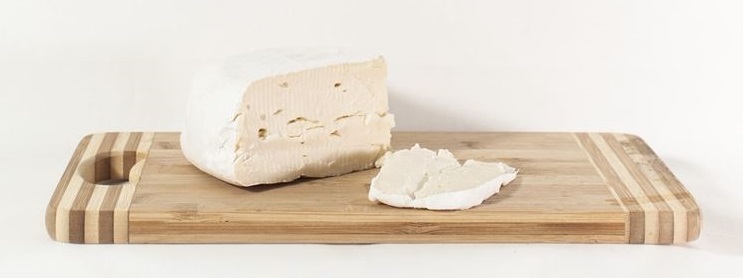
The processing
Biancospino is made from goat’s milk as a base, to which calf rennet, salt, lactic ferments and Penicillium candidum obtained in the laboratory are added. When young, the cheese therefore has delicate flavors, with a very soft and quite creamy consistency, of a pure white.
During the seasoning, as early as the second week, the crust begins to show a covering due to mold, which makes it appear white, with a veil of felt. To obtain this characteristic, the cheese must be aged at a certain temperature, and with a well defined degree of humidity. The Penicillium candidum will be the protagonist of the creation of this thin veil of mold, which has not only an aesthetic, but above all organoleptic value, which this fungus gives to the cheese paste. In particular, with the maturation, the cheese takes on strong and spicy flavors.
This maturation last from two weeks to a month, and enjoys a high humidity, around 95%, in rooms where there is a controlled temperature between 8 and 10° C. The cheese is produced in small forms by 200 grams.
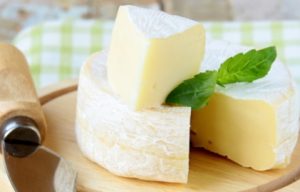
The milk for the production of Biancospino must be obtained from the native goats of Sardinia that are fed in the Mediterranean scrub of the island.
The milk is pasteurized to then be heated at 35° C. At this temperature, the lactic ferments, chosen in the laboratory, and the spores of the fungus selected by the Institute, the Penicillium candidum are added. The milk is then left to rest for about 6 hours before being blended with rennet, obtained from the calf, and then put back to rest for twenty hours, for coagulation. After this step, the cheese get in shape, in pieces of 200 grams, on which salt is added. Then it is placed to dry at 16° C with percentages of humidity equal to 60%.
The yields of this cheese depend on the age of maturation, with a restriction during the seasoning, which passes the yield from 26%, with young cheese, to 17% after a few months. Biancospino is produced in just three municipalities, in the province of Nuoro, Nurri and Tertenia, and one in the province of Cagliari, San Niccolò Gerrei.
The Biancospino as meal
Biancospino is an excellent table cheese, and can be enjoyed both fresh and seasoned, depending on the taste you prefer. When it is fresh, its flavor is very delicate, and lends itself well to flavoring with honey and jams, or spices, and good warm bread.
Biancospino can be eaten even after days of production, to be accompanied also with some dishes, or as an appetizer or at the end of a meal. It lends itself well enough to be used with pasta, melting it in cream or with butter, to create a thick creamy sauce. When young it is perfect for sandwiches, or for second courses of white meat on which you want to put a stringy cheese to melt in the oven.
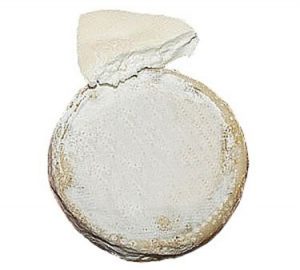
When mature, the fugus gives spicy flavors, which are associated with red wines full bodied. In this case it is perfect in tasty salads, or in sandwiches with medium-high seasoned cold cuts. Its spicy taste, in a wine sauce, could be a small side dish different from the usual potatoes. Furthermore, both fresh and seasoned, the Biancospino can be either grilled or baked, for a fondue with croutons, perhaps with sautéed mushrooms or grilled aubergines. In this case, the most classic combination is with Cannonau di Sardegna, both in the Reserve and young versions.
The spicy taste therefore must be sustained with powerful wines. In this regard, you could also choose a Carignano del Sulcis, with its earthy and tertiary tastes, or even a Cagnulari. Another particular combination, but to try, is with Vernaccia di Oristano, a very structured sweet white of Sardinia.

